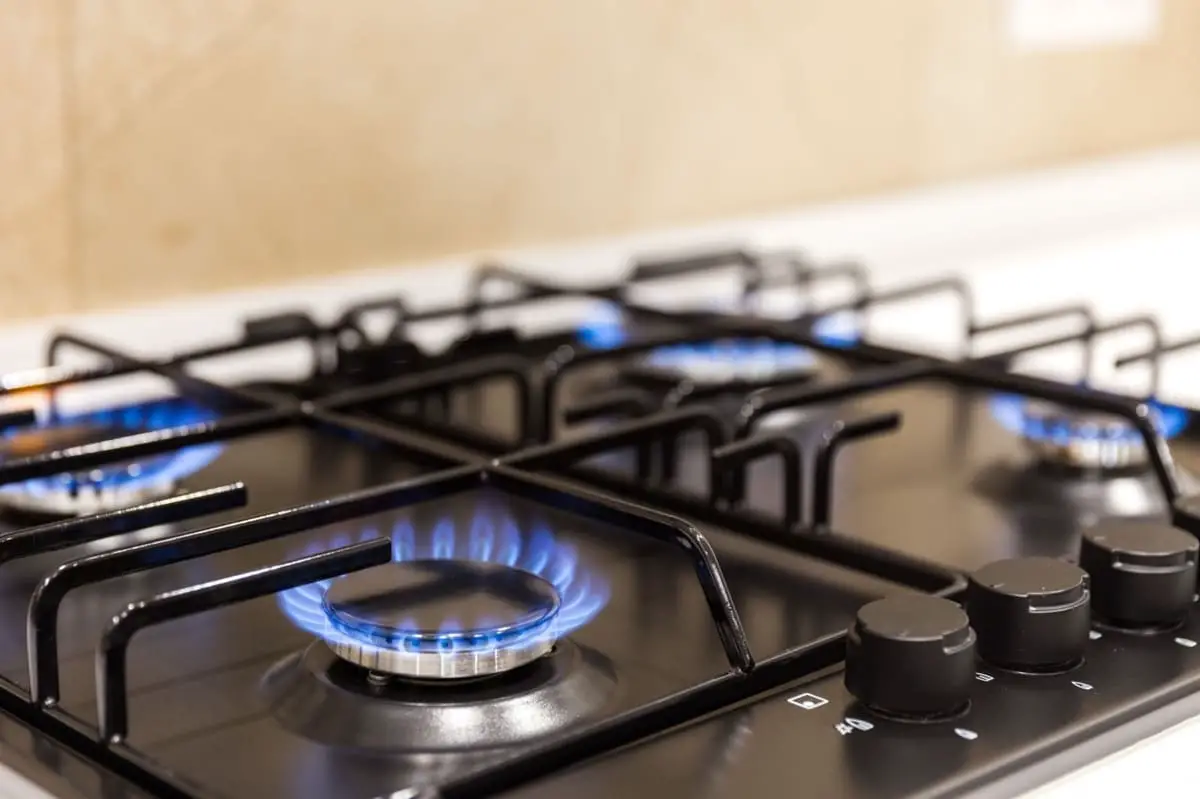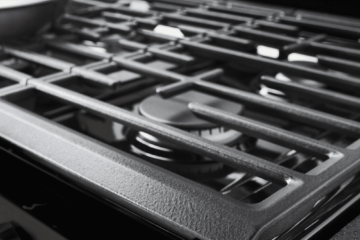Gas stoves have been a popular choice for cooking for many years. They provide quick and efficient heat, making them a favorite among professional chefs and home cooks alike. However, many people wonder if gas stoves need electricity to work. The answer is yes, most gas stoves require electricity to operate.
Electricity is needed to power the igniter that lights the gas burners, as well as other features like the clock and control panel. While gas stoves can be manually lit with a match during a power outage, most models rely on electricity for regular use. It’s important to note that not all gas stoves require electricity, so it’s important to check the specifications of a particular model before purchasing.
In this article, we will explore the topic of whether gas stoves need electricity, and provide a practical answer for those who are considering purchasing a gas stove or are curious about their current gas stove.
Gas Stoves and Electricity
Gas stoves are a popular choice for cooking because they are efficient, easy to use, and provide precise temperature control. However, many people wonder if gas stoves need electricity to function. In this section, we will explore the power requirements and ignition systems of gas stoves.
Power Requirements
Gas stoves require electricity to power the control panel, clock, and any other features that rely on electricity. The amount of electricity needed is minimal and can be supplied by a standard 120-volt electrical outlet. The power consumption of a gas stove is generally less than 500 watts, which is equivalent to the energy used by a few light bulbs.
Ignition Systems
Gas stoves require an ignition system to light the burners. There are two types of ignition systems: standing pilot and electronic ignition.
Standing pilot ignition systems use a small flame to ignite the burner. The pilot light is always on, which means that gas is constantly flowing to the burner. This type of ignition system is less efficient because it wastes gas and can be a safety hazard.
Electronic ignition systems use a spark to ignite the burner when the control knob is turned. This type of ignition system is more efficient because it only uses gas when the burner is in use. Electronic ignition systems are also safer because there is no standing pilot light.
Gas stoves with electronic ignition systems can be further classified into two types: spark ignition and hot surface ignition. Spark ignition systems use a spark to ignite the burner, while hot surface ignition systems use a hot ceramic element to ignite the burner.
Alternative Ignition Methods
If you are worried about power outages or simply want to reduce your energy consumption, there are alternative ignition methods available for gas stoves. Here are two common options:
Match-Lit Burners
One option for lighting a gas stove without electricity is to use a match. This is a simple and reliable method that has been used for decades. To light a match-lit burner, you simply need to turn the gas on and hold a match or lighter near the burner. The flame from the match will ignite the gas and start the burner.
Match-lit burners are often found on camping stoves and outdoor grills, but they can also be used in the kitchen. However, it is important to note that match-lit burners do not have any safety features, so they should only be used by experienced cooks who are comfortable with the process.
Battery-Powered Ignition
Another option for lighting a gas stove without electricity is to use a battery-powered ignition system. These systems use a small battery to create a spark that ignites the gas. Battery-powered ignition systems are often found on newer gas stoves and can be a convenient and reliable option.
To use a battery-powered ignition system, you simply need to turn the gas on and press a button or turn a knob to activate the ignition. The spark will ignite the gas and start the burner. Battery-powered ignition systems are generally safe and easy to use, but they do require regular battery replacements.
Both match-lit burners and battery-powered ignition systems are effective alternatives to traditional electric ignition systems. However, it is important to note that not all gas stoves are compatible with these alternative ignition methods, so it is important to check the specifications of your stove before attempting to use them.
Pros and Cons of Gas Stoves
Advantages
Gas stoves have several advantages over other types of stoves. Firstly, they provide instant heat and are more responsive to temperature changes than electric stoves. This makes them ideal for cooking dishes that require precise temperature control, such as sauces and soups.
Secondly, gas stoves are generally more energy-efficient than electric stoves. This is because gas is a cheaper fuel source than electricity, and gas stoves waste less heat than electric stoves. As a result, gas stoves can help you save money on your energy bills in the long run.
Thirdly, gas stoves are easier to clean than electric stoves. They have fewer parts, which means there are fewer places for food and grease to get stuck. Additionally, gas stoves are less likely to develop rust or corrosion than electric stoves, which can make them last longer.
Disadvantages
Despite their advantages, gas stoves also have some disadvantages. Firstly, they can be more dangerous than electric stoves. Gas leaks can occur if the stove is not properly installed or maintained, which can lead to fires or explosions. Additionally, gas stoves produce carbon monoxide, which can be harmful if the stove is not vented properly.
Secondly, gas stoves can be more expensive to install than electric stoves. This is because gas stoves require a gas line to be installed in your home, which can be costly. Additionally, gas stoves may require more maintenance than electric stoves, as the burners and other parts may need to be cleaned or replaced more frequently.
Finally, gas stoves may not be as environmentally friendly as electric stoves. While gas is a cleaner-burning fuel than coal or oil, it still produces greenhouse gases when burned. Additionally, gas stoves may not be as efficient as electric stoves when it comes to heating your home, as some of the heat from the stove may escape through the vent.
Maintenance and Safety Tips
Cleaning and Maintenance
Gas stoves require regular cleaning and maintenance to ensure optimal performance and safety. Here are some tips to keep your gas stove in top condition:
- Clean the burners and grates regularly to prevent food residue and grease buildup.
- Check and clean the burner ports to ensure proper gas flow.
- Clean the control panel and knobs with a damp cloth and mild soap. Avoid using abrasive cleaners or scrubbers that can damage the surface.
- Have a technician check the gas lines, clean the burner, control compartment, fan, and related air circulation passages, as well as check for condensation annually.
- Ensure the vents are unobstructed and able to do their job.
Safety Precautions
Gas stoves can be dangerous if not used and maintained properly. Here are some safety precautions to keep in mind:
- Keep flammable materials away from the stove, such as curtains, paper towels, and cleaning supplies.
- Avoid using the stove as a heating source for the home.
- Never leave the stove unattended while cooking.
- If you smell gas, turn off the stove immediately and open windows and doors to ventilate the area. Do not use any electrical switches or appliances, and call a technician to inspect the stove.
- Install a carbon monoxide detector in the kitchen to alert you to any dangerous levels of gas.
Conclusion
In conclusion, gas stoves do not necessarily need electricity to function. They operate by using natural gas or propane as a fuel source, which is ignited by a pilot light or an electronic ignition system. However, some gas stoves require electricity to light the pilot light or to power a fan that blows air over the burner.
It is important to note that the need for electricity may vary depending on the type of gas stove. Traditional gas stoves with a standing pilot light do not require electricity, while modern gas stoves with electronic ignition systems do require electricity.
When considering purchasing a gas stove, it is important to determine whether or not it requires electricity. This information can be found in the product specifications or by consulting with a sales representative.
Overall, gas stoves provide a reliable and efficient cooking experience. Whether or not electricity is required depends on the specific model of gas stove. It is important to consider all factors when making a decision on which gas stove to purchase.



